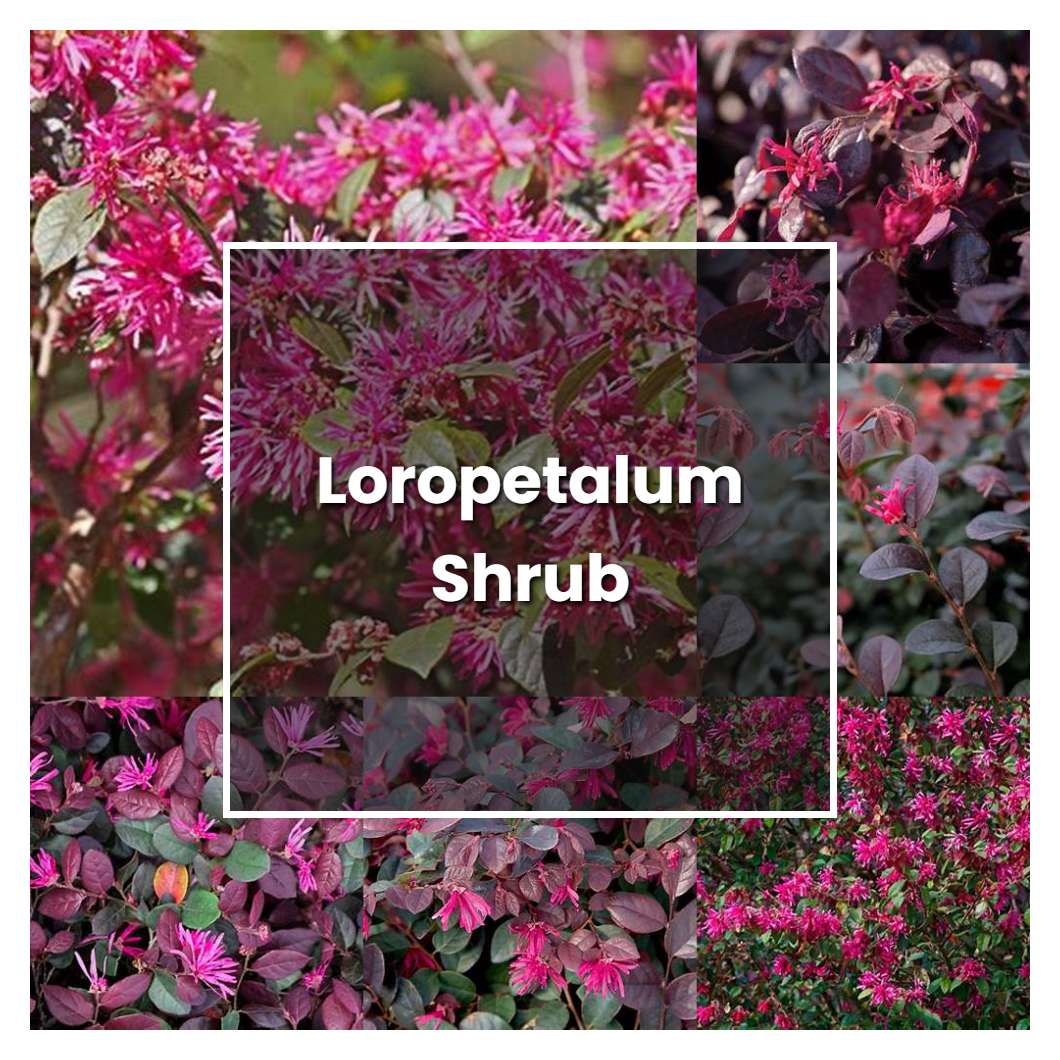Loropetalum shrub is an ornamental plant in the family hamamelidaceae. It is native to china, and is widely cultivated in asia and the united states. The loropetalum shrub has simple leaves and small, pinkish-white flowers. The plant is used as an ornamental in gardens and parks.

Related plant:
Loropetalum Chinense Ever Red
Related plant:
Purple Loropetalum
About soil condition, Loropetalum shrub prefers rich, well-drained soils, but it is tolerant of a wide range of soils, including those that are sandy or clay-based. It also does not like wet or soggy soil conditions.
Similar to other plants, the loropetalum shrub needs sunlight to grow. However, this shrub is a little bit different in that it can also tolerate shady areas. So, if you're looking to add a loropetalum shrub to your garden, you don't have to worry too much about finding the perfect spot for it. Just make sure that it gets some sunlight each day, and it should be fine.
The temperature condition that is best for the loropetalum shrub is one that is not too hot and not too cold. This plant prefers a temperature that is in the range of 60 to 72 degrees Fahrenheit. If the temperature gets too hot or too cold, the plant may suffer from stress and may not be able to properly thrive.
Ideal humidity condition for this plant is 40-50% air relative humidity. If the air relative humidity is too low, the foliage will suffer and may eventually die. If the air relative humidity is too high, the plant may become waterlogged and its roots may rot.
About fertilizer, this type of plant does best with a slow-release fertilizer that is high in nitrogen. Be sure to fertilizer according to the package directions. When it comes to watering, loropetalum shrubs are drought tolerant once they are established. However, during the first year or two after planting, they will need to be watered regularly. The root system of this plant is relatively shallow, so be careful not to overwater.
Pruning is an important part of keeping your loropetalum shrub healthy and vibrant. Pruning not only helps to control the shape and size of the plant, but also helps to remove any damaged or diseased branches. When pruning, be sure to make clean cuts and avoid damaging the remaining branches.
Propagation of the loropetalum shrub is relatively simple and can be done through stem cuttings or by seed. When taking stem cuttings, it is best to do so in the late spring or early summer when the plant is actively growing. The cuttings should be taken from new growth that is about 6-8 inches long. Cuttings should be taken from the tips of the stems, and each cutting should have at least two leaves. Once the cuttings are taken, they can be placed in a pot filled with moistened potting mix. The pot should be placed in a warm, sunny location, and the cuttings should be kept moist. Once the cuttings have rooted, they can be transplanted into individual pots.
Usually, the plant growth rate is about 9-12 inches per year. Some species may grow a little slower or faster, depending on the variety. Allowing for plenty of space when planting is always best to allow the shrub to fill in and not become overcrowded.
Common problems for this kind of plant are declining leaves, stem dieback, and yellowing foliage. These problems are most likely caused by too much sun, wind, or water. If you see any of these problems, you should move your loropetalum to a more sheltered location.
Source:
Loropetalum chinense | Landscape Plants | Oregon State University
Versatile Loropetalum Creates a Dramatic Display
Use loropetalum for early spring blooms | Mississippi State
